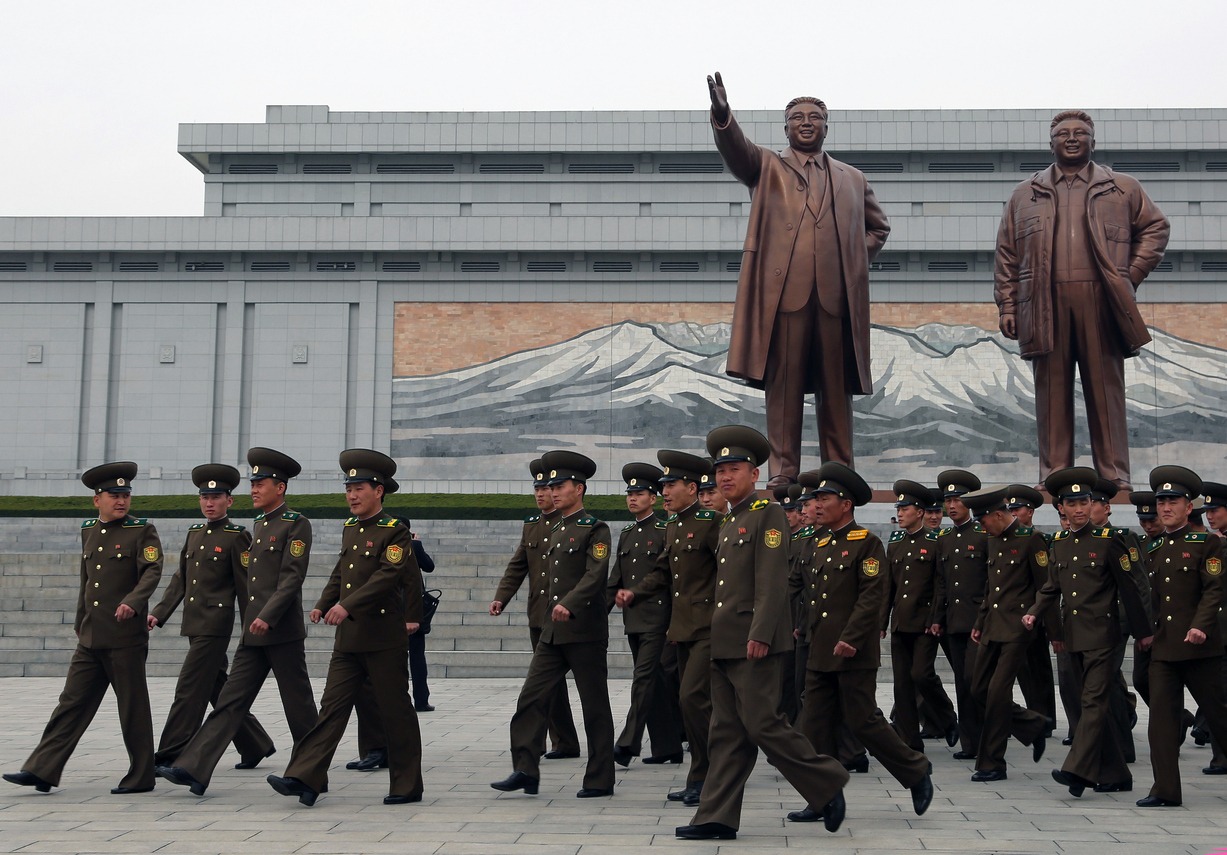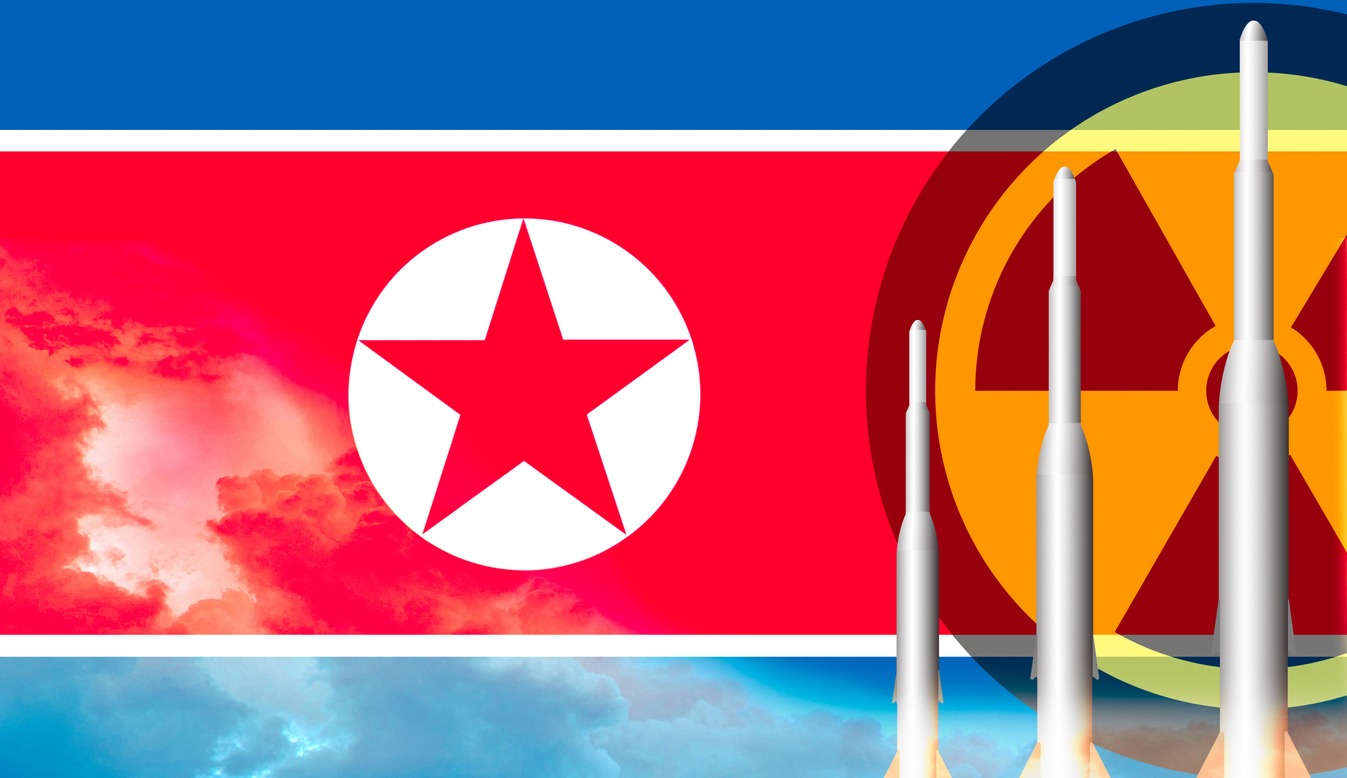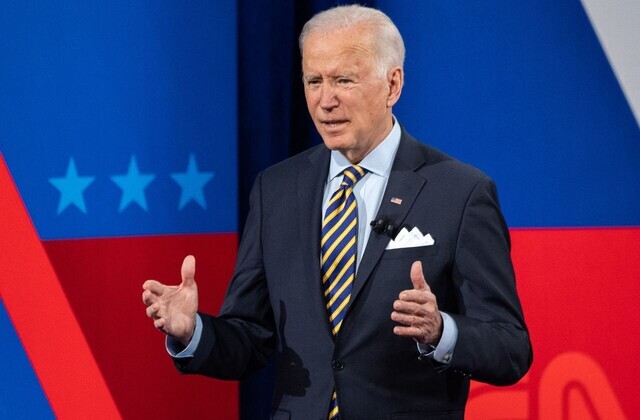North Korea's Latest Nuclear and Delivery System Development
The years 2020 and 2021 mark periods of uncertainty in dealing with North Korea’s weapons of mass destruction (WMDs) and denuclearization. There were two big military parades in Pyongyang last year, demonstrating the solid will of the regime over strong deterrence with nuclear weapons and corresponding delivery systems. Still, there have been no field tests of the nuclear bombs and long-range missiles, including ICBMs, since 2017.
But there was no progress at all in denuclearization over the last year. Pyongyang repeatedly announced the success of miniaturization and multiple nuclear warhead development. Meanwhile, the North’s economy is essentially in danger due to continued international sanctions and the COVID-19 self-quarantine. At this moment, it is quite difficult to estimate the exact numbers of nuclear bombs and ICBMs deployed in the North.
Roughly, North Korea is believed to possess 30 to 60 nuclear warheads at this moment, around 10 more than last year. And Hwasong-15 ICBMs seem to have been deployed in certain missile bases. But there is no evidence whether the newest ICBMs demonstrated in the parades are ready for mass production with the functions of multiple re-entry vehicles (MRVs).
The year shall be of greater uncertainties, if we are not fully prepared. The new Biden administration is soon expected to announce its strategic policy to deal with North Korea. It shall be significantly different from the so-called “strategic patience” of the Obama administration.
Also, the new comprehensive policy to deal with China in cooperation with allies in the Indo-Pacific region along with the new Nuclear Posture Review and other related policies shall significantly affect geopolitical issues in Northeast Asia. Certainly, the imminent reorientation of U.S. policy along with the dwindling economy of North Korea shall open new windows for either confrontation or peace talks throughout the remainder of the Biden administration.
Punggye-ri, the test site for nuclear bombs, has been idle following a demolition campaign in May 2018. Many of the key facilities in the Yongbyon Atomic Energy Center (YAEC) have been quiet. The 5 MWe Magnox Reactor at YAEC has been idle. Due to significant flooding in 2020, many sections of the YAEC were damaged.
Still, the research reactor remains intact at this moment. There was a rumor in the beginning of 2019 that North Korea was ready for another reprocessing campaign using the spent nuclear fuel rods stored in the reactor pool. But there was no follow-up news on the reprocessing. Again, in March 2021, many entities, including the International Atomic Energy Agency, expressed concerns over the new probable reprocessing campaign in Yongbyon.
The only indirect evidence at this moment are plumes of steam observed from the thermal plant by satellite images. At this moment, the international community is closely reviewing detailed progress at the reprocessing plants.
In practice, North Korea might have technical difficulties to manage the Magnox spent fuel in the wet storage pool. Unlike the U.S., the North does not have the technology for long-term storage of the spent fuel as discussed throughout the Agreed Framework negotiations. To solve this issue practically, international cooperation is recommended.
There have been numerous efforts to check the state of uranium enrichment in the uranium enrichment plant (UEP) in Yongbyon. Many pointed out the continuous operation of centrifuges. Still, there are uncertainties in fully understanding the actual capability of enrichment and the operation and maintenance of the facilities.
Many distinguished experts do not trust the full operation of that building. In addition, it has been more than a decade since Dr. Siegfried Hecker visited the UEP. Now, it is time to replace the old components with new ones. For real refurbishment, supportive activities are required to test the new core parts, such as centrifuges and cascades. Future verification is essential to fully understand the entire infrastructure of uranium enrichment nationwide.
Some international scholars claimed there were suspicious activities at Yongdeok-dong, Wollo-ri, and Yungjeo-dong to store the stockpiles of fissile materials and nuclear warheads. Yet, there is no hard evidence to back up the claims. The circumstantial evidence released publicly is the existence of the underground facilities at these sites. Hard evidence is needed to fully understand the real functions of these installations.
How to successfully manage the risks of nuclear WMDs in North Korea shall be a major ongoing issue for the Moon and Biden administrations. Some claim that time is on our side. Unfortunately, in practice, time has been and will be on the North’s side. North Korea has continuously upgraded its nuclear weapons and delivery systems throughout its history.
To solve the chronic impasses of North Korea’s nuclearization, we need an integrated approach with three pillars ― an international political arrangement to assure the regime stability of the North, comprehensive verification protocols in strong cooperation with Pyongyang and the adaptive Cooperative Threat Reduction (CTR) package.
Dr. Hwang Yong-soo is the principal researcher at the Korea Atomic Energy Research Institute (KAERI). He served as a senior vice president, lab director and department head at the KAERI. He is a member of the Asia Pacific Leadership Network for Nuclear Non-proliferation and Disarmament.
This article was first published in The Korea Times on 24 March 2021 and is part of dedicated, regular column with analysis by APLN members on global issues. You can access the original post here.
Image: iStock, Omer Serkan Bakir.



